Buddha's hand on the windowsill, or what the palmate citron represents
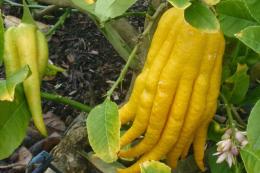
About six thousand years ago, the gardens of Mesopotamia were decorated with an amazing plant. Its fruits are believed to bring prosperity, happiness and longevity. The plant is called finger citron, and in English-speaking countries it is known as "Buddha's hand." Many nurseries sell seedlings it for decorative plantings. The palmate citron has a number of amazing properties, so learning more about this bizarre plant will be interesting even for those who are not at all interested in botany.
Content:
Description of palmate citron
The plant is an evergreen citrus shrub or miniature tree, 3-4 meters high; at home it grows up to 1.5 meters. On the spreading branches you can see sparse thorns, and on short petioles grow relatively large - 8-16 cm in length - dark green leathery oily leaves.
Citrus flowers are single, their color varies from white to light purple or purple.
But the main interest is the fruits: their yellow shoots remain divided almost to the base; in shape they resemble the fingers of a hand, for which the plant was dubbed the “hand of Buddha.” They contain essential oil, which gives them a pleasant fragrance.
Features of growing citron
In nature citrus It is found in tropical and subtropical areas, but if desired, finger citron can also be grown in an apartment: its growing conditions are in many ways similar to those of other citrus fruits. However, a fruit grown on a windowsill rarely weighs more than half a kilogram. But there are also a number of difficulties.
What is this bizarre citrus afraid of?1. The plant does not tolerate low temperatures - it cannot withstand temperatures dropping below 10-15°C.2. The palmate citron does not tolerate direct sunlight.3. Needs abundant watering and moistening of leaves. 4. The plant requires some specific conditions: substrate, drainage, fertilizing.
Proper care
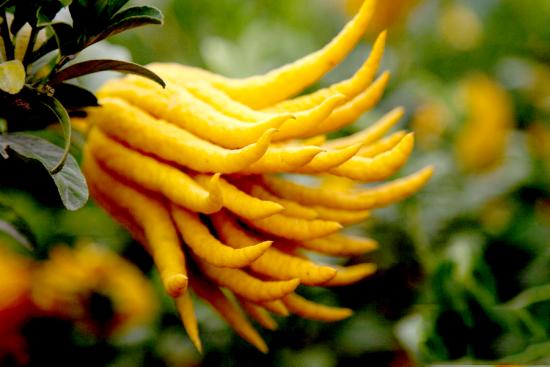
So, you have decided to grow citron and are asking a logical question: how? How to ensure correct care? Which soil is better to choose? How to plant? What watering and fertilizing does the plant need? What conditions need to be created for the plant to bear fruit and not wither? We will try to understand these issues in as much detail as possible.
Any citrus substrate will suit the plant. Don't forget about good drainage. Citron is grown from seedlings, cuttings or seeds. Seeds are sown in the first month of spring; they germinate in 17-25 days. Once raised from seed, the citron will begin to bear fruit in 7-8 years.
In the summer, citrus needs plenty of watering, spraying and wiping the leaves with a wet towel. Pallets with wet expanded clay balls are also suitable for maintaining humidity. Do not be afraid to over-moisten the substrate; the plant suffers even more from insufficient watering. Before watering, it is recommended to let the water sit for a while so that the chlorine evaporates from it and the impurities sink to the bottom.
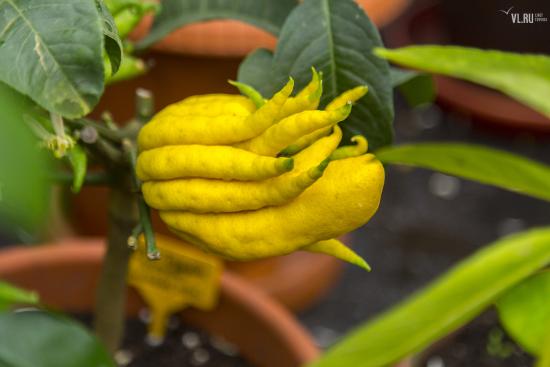
In winter, the situation changes: excessive watering at this time of year will harm the citron. Temperature regime. The plant is kept warm; at temperatures below 15 C it may die. In winter, citrus must be kept in a cool, illuminated room with a temperature of +14-16°C. 5. Fertilizing. It is necessary to apply complex fertilizer - nitrogen-potassium or phosphate - three times a month from the beginning of spring to November. There is no need to fertilize the plant in winter.
Benefits and uses in cooking
What are the benefits of finger citron? Consumption of this citrus fruit has a beneficial effect on health, which has been confirmed by numerous studies. Hand of Buddha: - relieves pain; - heals illnesses gastrointestinal tract; - has a beneficial effect on the immune system; - eliminates inflammation; - helps with various menstruation disorders; - lowers blood pressure; - used for respiratory diseases.
Due to its beneficial properties, the fruits of the finger citron are widely used in cooking. Citron goes well with the following products:
- Vegetables: sweet peppers, tomatoes
- Fruits: citrus fruits, exotic fruits, apricot, peach, pomegranate, dates, kiwi, sea buckthorn
- Various herbs, spices and oils
- Legumes
- Rice
Dried fruits, jam, lemonades and various desserts are made from the peel and zest. The pulp is added to salads and used as a seasoning for fish and seafood. In the Land of the Rising Sun, this citrus is used to decorate holiday dishes. Zest is added for flavor to baked goods, confectionery and tea.
Finger citron is found in medicine, cooking and even cosmetology, and is highly valued in countries such as Japan and China.Do you want to try to cook something new with health benefits or grow an unusual tropical plant with fancy fruits, then the finger citron will help you with this.
Finger citron on video:

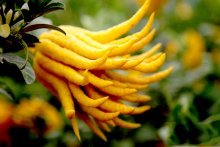
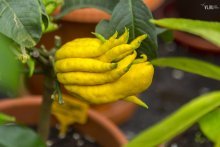
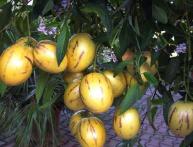
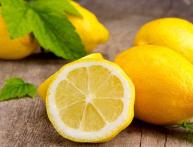
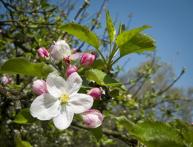

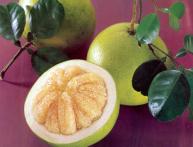
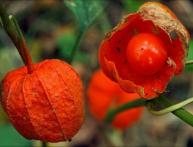
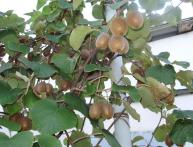
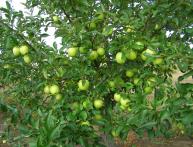
Comments
This is the first time I have read about such a citrus plant. In general, it is not clear what kind of fruit is inside, because other citrus fruits have slices, but what does a citron have? It’s not clear what taste it has, like lemon or tangerine? Maybe it looks like a grapefruit? Of course, it would be interesting to grow such a fruit on a windowsill.
What a fancy plant, and the name matches its appearance. I had never seen such a citrusy look before, and now I wanted to have it on my windowsill. I wonder what its aroma and taste is?